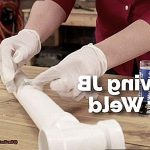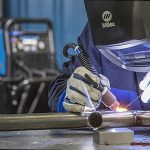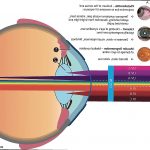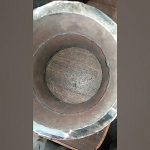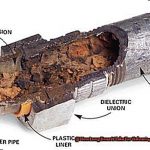Plasma cutting – the darling of the metal fabrication world.
Its speed, precision, and versatility have made it a go-to method for various industries. But like any technology, it’s not all sunshine and rainbows.
In this blog post, we’ll take a closer look at the often overlooked drawbacks of plasma cutting. From environmental impacts to safety concerns, we’ll uncover the less glamorous side of this cutting-edge technique.
So sit tight and join us on a journey to explore the potential downsides of plasma cutting that you may not have known before.
What Are The Disadvantages Of Plasma Cutting?
Contents
- 1 What Are The Disadvantages Of Plasma Cutting?
- 2 The Speed Advantage of Plasma Cutting
- 3 Precision and Accuracy in Plasma Cutting
- 4 The Noisy Reality of Plasma Cutting
- 5 Ensuring Safety in Plasma Cutting: Protective Gear and Precautions
- 6 Managing Fumes in Plasma Cutting for Worker Safety
- 7 Limitations of Plasma Cutting: Materials and Thickness Restrictions
- 8 Conclusion
Growing in popularity within the welding industry, plasma cutting is known for its precision and speed when cutting through metals. However, like any welding technique, it has its drawbacks. Let’s take a closer look at the disadvantages of using plasma cutting for welding.
The initial cost of plasma cutting equipment can be quite steep. Compared to other methods like oxy-fuel cutting, plasma cutting machines can range from $500 to $10,000 or more. This upfront investment may not be feasible for small welding projects, making it a disadvantage for those on a budget.
One of the limitations of plasma cutting is its narrow thickness range. While it works well with thin and medium-thickness metals, it struggles with thicker materials. Most plasma cutters can only handle materials up to 1 inch thick, and even then, the quality of the cut may not be as precise as desired. This constraint makes plasma cutting unsuitable for heavy-duty welding projects.
Safety is always a top concern when it comes to welding, and plasma cutting is no exception. The high voltage used to create the plasma arc puts welders at risk of electric shock if proper safety precautions are not taken. As a result, a welder may suffer severe injuries or even death if they accidentally come in contact with live wires or the metal being cut.
Furthermore, not all metals are suitable for plasma cutting. While it works best on conductive materials like steel and aluminum, it is ineffective on non-conductive materials such as wood or plastic. This limitation makes it unsuitable for welding projects that involve multiple materials.
Aside from safety hazards, plasma cutting also produces harmful fumes and loud noise. The high temperature of the plasma arc can release toxic fumes that can be dangerous if inhaled. Moreover, the process can be quite noisy, requiring welders to wear protective gear like earplugs.
Another disadvantage of plasma cutting is that it requires skilled operators who are knowledgeable about the intricacies of the technique.
The Speed Advantage of Plasma Cutting
Bursting with High Speed:
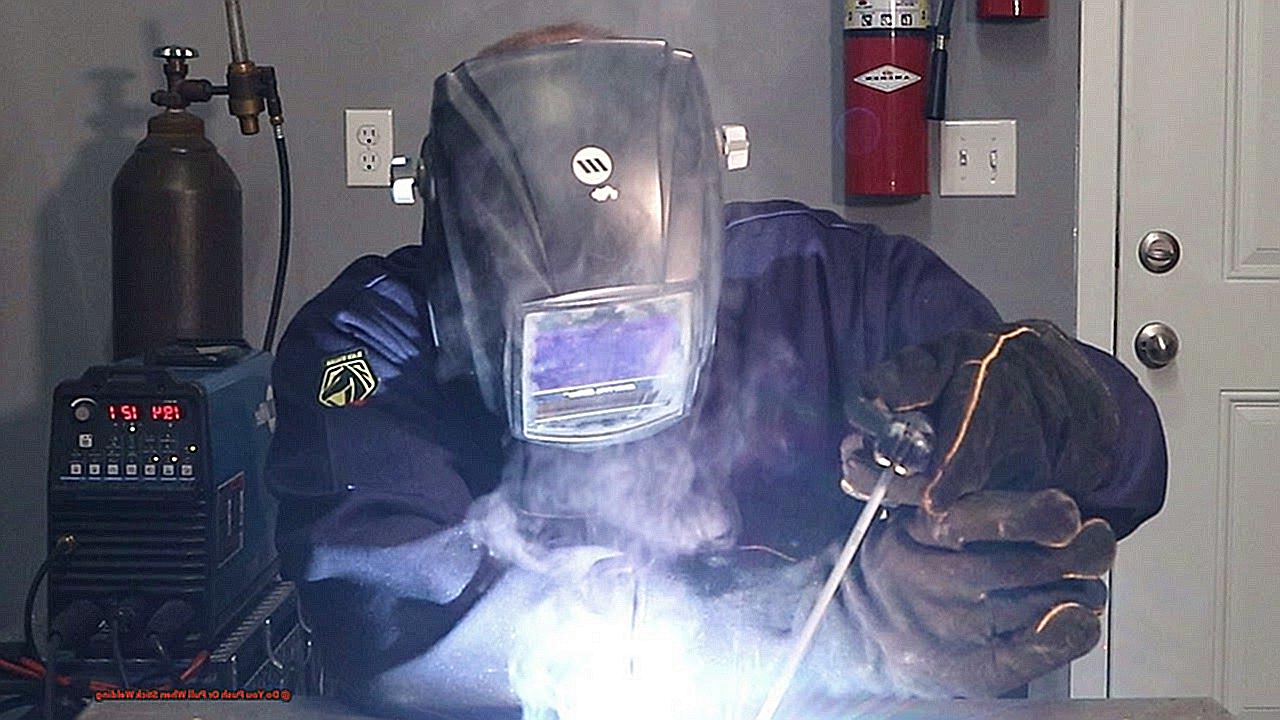
In the realm of metal cutting, plasma cutting reigns supreme for its incredible speed. In fact, it can slice through metal up to five times faster than traditional methods like oxy-fuel cutting. This is all thanks to its high-temperature plasma arc that rapidly melts through conductive materials, making it the perfect choice for projects with tight deadlines.
Unmatched Versatility:
Another major advantage of plasma cutting is its unparalleled versatility. While other methods have limitations on the type and thickness of materials they can handle, plasma cutting can effortlessly work with a wide range of conductive metals. Whether it’s steel, aluminum, brass, or copper, plasma cutting can handle it all with ease.
Precision at its Finest:
With plasma cutting, you don’t have to compromise precision for speed. The advanced technology behind plasma cutting allows for precise cuts, even on intricate shapes and curves. This makes it the ideal choice for projects that require high levels of accuracy and detail.
Minimal Heat-Affected Zone:
One major concern when cutting metal is the heat-affected zone (HAZ). Excessive heat can cause distortion and warping of the material, resulting in a compromised final product. However, with plasma cutting, the HAZ is minimal due to the concentrated and precise nature of the plasma arc. This means less time spent on post-cutting processes like grinding or sanding, saving you even more time.
Affordable Excellence:
While initial costs may be higher compared to other methods, plasma cutting offers long-term affordability.
Precision and Accuracy in Plasma Cutting
The concepts of precision and accuracy are often used interchangeably, but when it comes to plasma cutting, they hold distinct and significant meanings. Precision is the ability to consistently produce cuts within a specific tolerance, while accuracy is the ability to produce cuts that align with the intended design. In simpler terms, precision focuses on consistency, while accuracy emphasizes correctness.
The setup of the system plays a crucial role in determining the precision and accuracy of plasma cutting. While handheld torches may be convenient for smaller projects, they are less accurate compared to automated computer numerical control (CNC) plasma cutting machines. The advanced features of CNC machines, such as plasma source, CNC software, and torch height control, provide greater control and precision.
Experienced fabricators using handheld torches can achieve a tolerance of 1.6 millimeters. However, computer-controlled machines can achieve even greater accuracy. The size and capabilities of CNC plasma cutters vary, with entry-level models having a tolerance of plus or minus 0.77 millimeters and heavy-industrial ones having a tolerance of 0.25 to 0.51 millimeters.
To maintain accuracy in heavy- and light-industrial systems, automated torch height control is essential. This feature allows the machine to automatically adjust the distance between the torch and the material being cut, ensuring consistent cuts throughout the process. Additionally, light- and heavy-industrial machines have a third axis that allows for automatic adjustment to material wear during processing, further improving precision and accuracy.
When using plasma torches, clean edges with a slight bevel on the cut face are produced due to ionized air swirling out of the torch in an arcing motion. This bevel is more pronounced on thicker materials (6mm or more) and may require grinding down for a smoother edge. However, with advancements in technology, some CNC plasma cutters now offer beveling capabilities to produce clean and precise edges on thicker materials without the need for additional grinding.
The Noisy Reality of Plasma Cutting
As a metal artisan, you may be well-versed in the efficient and versatile technique of plasma cutting. This electric arc-based method offers numerous advantages, such as speed and precision in shaping intricate designs. However, like any other tool or technique in the metalworking industry, plasma cutting also has its drawbacks. In this post, we will delve into the pros and cons of plasma cutting, with a focus on the often ignored reality of noise levels and safety hazards associated with this approach.
Perks of Plasma Cutting
Plasma cutting is renowned for its speed and versatility. With the capability to slice through various materials, including metals, steel, and even non-ferrous substances like aluminum and copper, plasma cutting is a popular option among metal enthusiasts. Its swiftness is unparalleled compared to traditional methods, making it ideal for large-scale projects or pressing deadlines. Additionally, plasma cutting offers precision in crafting intricate shapes and designs with ease.
Drawbacks of Plasma Cutting
While the benefits of plasma cutting may seem alluring, it is crucial to also consider its limitations and potential disadvantages. One major setback is the production of hazardous waste in the form of slag. This byproduct requires proper disposal to avoid damaging the environment.
Another significant concern is the noise level produced during plasma cutting. The thunderous sound can reach up to 120 decibels, which is equivalent to standing beside a jackhammer or a jet taking off. Prolonged exposure to such high levels of noise can result in hearing loss or other auditory complications.
Safety hazards are also worth noting when handling a plasma cutter. The intense heat required for plasma cutting can lead to burns or fires if not handled with caution. The emission of fumes can also pose a health risk if adequate ventilation is not implemented.
Limited Materials and Expensive Equipment
Plasma cutting is restricted to certain materials and may not be suitable for all types or thicknesses of metal.
Ensuring Safety in Plasma Cutting: Protective Gear and Precautions
Plasma cutting is an incredibly efficient and precise method of metalworking that allows for clean and accurate cuts. However, it also presents its own set of perilous hazards that must not be disregarded. As a connoisseur in this field, I have personally witnessed the significance of taking necessary precautions and donning the appropriate protective gear while operating a plasma cutter.
Here are some vital tips to guarantee your safety while utilizing a plasma cutter:
Avoid Moist Environments
One of the most imperative precautions to take is to never operate a plasma cutter in a damp environment. Water and electricity do not blend well, and when dealing with a plasma cutter, you are handling high voltage electricity. Wet surfaces can heighten the risk of electrical shock, which can be lethal.
Safeguard Vital Organs
Plasma cutting generates intense heat and dazzling sparks that can cause severe burns to your skin. It is crucial to wear suitable protective gear, such as fire-resistant clothing, gloves, and footwear. Nonetheless, do not overlook your vital organs. Wearing a welding jacket or apron can shield your chest, back, and abdomen from potential injuries.
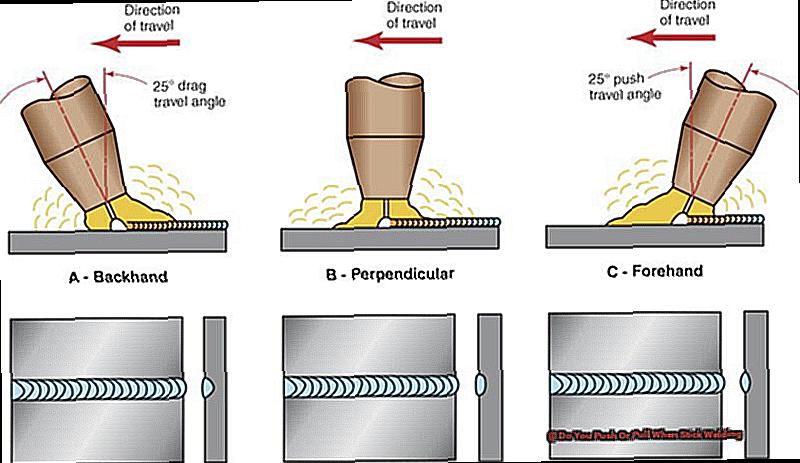
Shield Your Face and Skin
In addition to wearing fire-resistant clothing, it is vital to protect your face and skin from the intense heat and sparks produced by the plasma cutter. A welding helmet or face shield with appropriate shade levels can safeguard your face from burns and eye damage caused by ultraviolet light.
Cover Your Ears
Plasma cutting can produce deafening noise levels that can result in permanent hearing damage if proper precautions are not taken. It is crucial to wear earplugs or earmuffs specifically designed for welding to protect your ears from loud noises.
Consult the User Manual
Every plasma cutter comes with a user manual that contains essential safety information specific to that model. It is crucial to read and understand the manual before operating the machine.
Managing Fumes in Plasma Cutting for Worker Safety
Despite its revolutionary impact on the welding industry, failure to follow safety protocols could result in serious injury or even death. Thus, it is crucial to prioritize worker safety when managing fumes in plasma cutting.
One of the primary hazards of plasma cutting is the high voltage output of the equipment. Unlike an inverter welding machine, which operates at a lower voltage, a plasma cutter can produce significantly higher voltages. This poses a significant risk of electrocution if safety measures are overlooked.
To avoid electrocution, it is essential to have a basic understanding of how the plasma cutting process works. The equipment uses an electric arc to create a scorching plasma stream that melts through metal. This intense heat and electrical current require careful monitoring and control to prevent accidents.
The use of proper personal protective equipment (PPE) is crucial when handling a plasma cutter. This includes wearing flame-resistant clothing, gloves, and steel-toed boots to protect against sparks and hot metal. Moreover, standing on nonconductive ground and grounding the equipment properly are necessary precautions to minimize risks.
Apart from electrical hazards, fire hazards must also be taken into consideration while using a plasma cutter. The intense heat and sparks produced during cutting can easily ignite flammable materials. It is vital to keep the work area clear of any potential fire hazards and have a fire extinguisher readily available for emergencies.
Eye protection is critical when working with a plasma cutter due to flying debris and UV radiation produced during the process. It is recommended to wear a welding helmet with a shade level of at least 4 for optimal protection. Failure to do so puts workers at risk of eye injuries that could result in permanent damage.
Moreover, fumes generated during plasma cutting can be toxic if inhaled. Proper ventilation or respirators must be used to prevent exposure to these harmful fumes.
Limitations of Plasma Cutting: Materials and Thickness Restrictions
When it comes to welding, plasma cutting stands out for its precision and speed. However, like any welding process, it has its limitations, especially when it comes to the materials and thicknesses that can be effectively cut. As a specialist in this field, it is essential to understand these restrictions to ensure a successful welding project.
Materials
Plasma cutting is most effective on conductive metal materials such as steel, stainless steel, and aluminum. This is because the technique relies on a high-temperature plasma arc that melts and cuts through the metal. Non-conductive materials such as wood, plastic, or non-ferrous metals cannot be cut using plasma cutting.
Thickness
The maximum thickness that can be cut with a plasma cutter depends on its power capacity. Usually, the range is between 1/8 inch to 1 inch. For thicker materials, multiple passes or specialized equipment like a dual-gas system may be necessary. This means that plasma cutting may not be suitable for heavy-duty welding projects involving thick materials.
Impact on Welding Process
The limitations of plasma cutting have a significant impact on the overall welding process. They determine the type of material that can be used and the complexity of the cuts required. For instance, if a project requires cutting through thick steel plates, plasma cutting may not be the best option. This would mean using a different welding technique or investing in specialized equipment.
Safety First
Safety should always come first when working with plasma cutters, as they produce high voltage output and intense heat. This can pose serious hazards if proper precautions are not taken. From understanding the process to wearing protective gear and having fire safety measures in place, prioritizing worker safety is crucial for avoiding potential accidents.
In conclusion, while plasma cutting is a versatile and efficient welding technique, it does have its limitations when it comes to materials and thicknesses that can be effectively cut.
Conclusion
In conclusion, it is undeniable that plasma cutting has revolutionized the world of metal fabrication. However, no technology is without its flaws. It is crucial to recognize and understand the disadvantages of plasma cutting before jumping on the bandwagon.
We have delved into the often overlooked downsides of this cutting-edge technique, such as its high initial investment and limited range of materials and thicknesses. We have also discussed the potential safety hazards involved in plasma cutting, from deafening noise levels to exposure to toxic fumes.
But let’s not forget about the impressive speed advantage and precision that plasma cutting offers. With advanced technology constantly improving these aspects, it remains a top choice for intricate designs.
However, it is essential to take proper precautions when working with plasma cutting. This includes wearing protective gear to ensure worker safety and properly managing fumes to avoid electrocution or fire hazards.
Moreover, we must consider how limitations on materials and thicknesses can impact the overall welding process. It is vital to weigh all factors carefully before choosing plasma cutting as your go-to method.
Despite its drawbacks, with proper knowledge and precautions in place, plasma cutting can still be a highly efficient and precise tool for metalworking projects. As with any technology or technique, it is crucial to evaluate both the pros and cons before making a decision.

